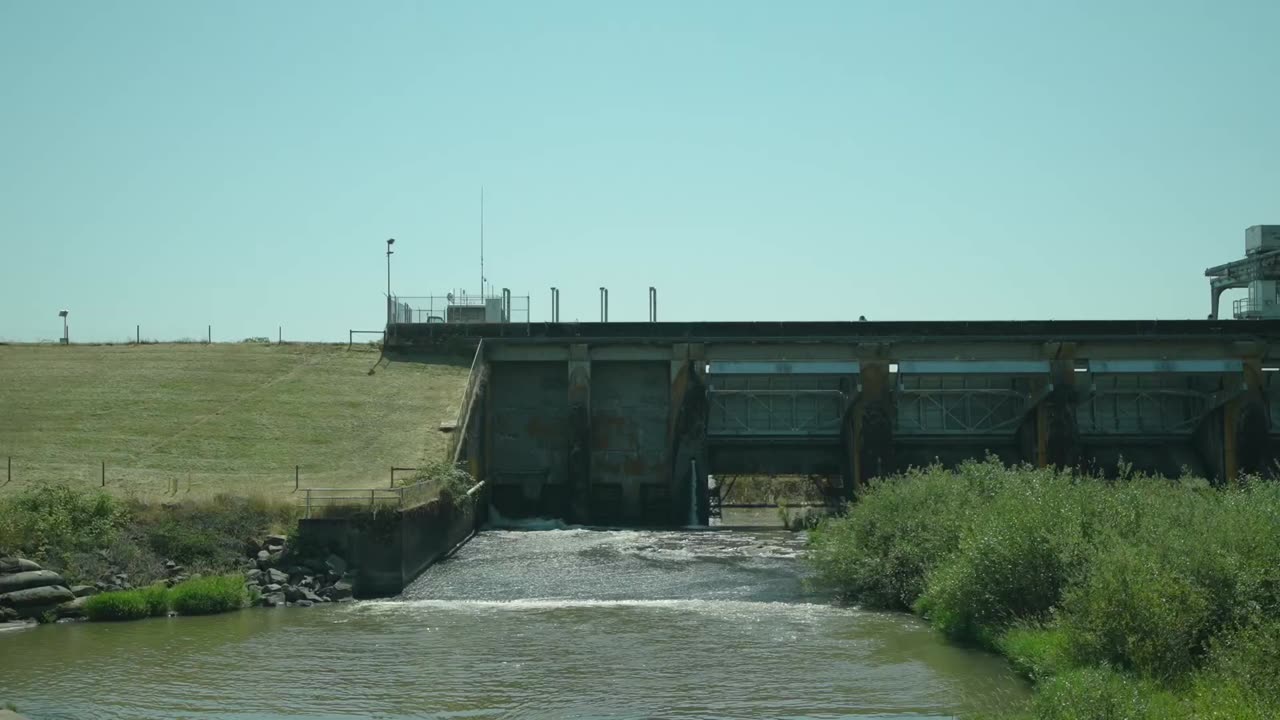Premium Only Content

SWOT: Earth Science Satellite Will Help Communities Plan for a Better Future
In an era of increasing environmental challenges and rapid urbanization, leveraging the power of Earth science satellites has emerged as a critical tool for communities to plan and prepare for a more sustainable and resilient future. This SWOT analysis delves into the strengths, weaknesses, opportunities, and threats associated with harnessing satellite data for community planning.
Strengths:
Earth science satellites provide a wealth of real-time and historical data on various environmental factors, including climate patterns, land use changes, natural disasters, and more. This information empowers communities with accurate insights to make informed decisions about infrastructure development, disaster response, and resource allocation.
Weaknesses:
While Earth science satellites offer a vast array of data, the challenge lies in interpreting and integrating this data effectively. Communities may struggle with limited technical expertise and resources to process and apply satellite information to their specific planning needs. Additionally, satellite data resolution and coverage might not always align perfectly with localized planning requirements.
Opportunities:
By integrating Earth science satellite data into community planning processes, opportunities arise for proactive risk management, early warning systems, and evidence-based policies. Communities can better assess vulnerabilities to natural disasters, monitor environmental changes, and optimize land use for sustainable growth. Collaboration between satellite experts, urban planners, and policymakers can bridge the gap between data availability and practical application.
Threats:
Dependence on satellite data alone may lead to overreliance and disregard for other valuable sources of information. Technical barriers and costs associated with satellite data acquisition, processing, and interpretation could hinder access for resource-constrained communities. Moreover, concerns related to data privacy, security, and equitable distribution of benefits must be addressed to ensure that the advantages of satellite data reach all segments of society.
In conclusion, Earth science satellites offer an unprecedented opportunity for communities to make informed decisions that enhance their resilience and preparedness for future challenges. By recognizing and addressing the strengths, weaknesses, opportunities, and threats associated with satellite data utilization, communities can forge a path towards more effective and sustainable planning, ultimately leading to a better future for all.
-
 LIVE
LIVE
Fed Reacts
4 hours agoZODIAC KILLER PT 2
3,421 watching -
 2:12:41
2:12:41
TheSaltyCracker
7 hours agoMSM Implodes After Trump Win ReeEEeE Stream 11-17-24
179K369 -
 4:31
4:31
SLS - Street League Skateboarding
10 days agoFuna Nakayama 3rd Place at SLS Sydney 2024 | Best Tricks
55.5K6 -
 2:15:24
2:15:24
vivafrei
16 hours agoEp. 236: BARNES IS BACK! Election Recap! Trump Nominees! Trump Persecutions - Wha's Next? & MORE!
203K204 -
 6:25:47
6:25:47
SynthTrax & DJ Cheezus Livestreams
15 hours agoDJ Cheezus & DEF JAM Fight for NY on PS2 - Hip Hop Violence and Vibes (1pm PST / 4pm EST)
74.6K4 -
 2:01:47
2:01:47
Nerdrotic
10 hours ago $13.16 earnedEgypt, Peru and Guatemala Luke Caverns RETURNS! | Forbidden Frontier #082
67.7K10 -
 LIVE
LIVE
Vigilant News Network
11 hours agoFDA Approves Trials for New “Pandemic” Vaccine | Media Blackout
3,049 watching -
 4:06:21
4:06:21
GamerGril
11 hours agoIM THE GREASTEST OF ALL TIME AT.... CHAOS | DAYS GONE
111K12 -
 3:00:18
3:00:18
Due Dissidence
1 day agoTHE PEOPLE VS NATURE by Kevin Augustine - plus a talkback w/ Jimmy Dore
130K11 -
 6:02:06
6:02:06
Rotella Games
17 hours agoMake the Hood Great Again | Day 3 | GTA San Andreas
85.7K5